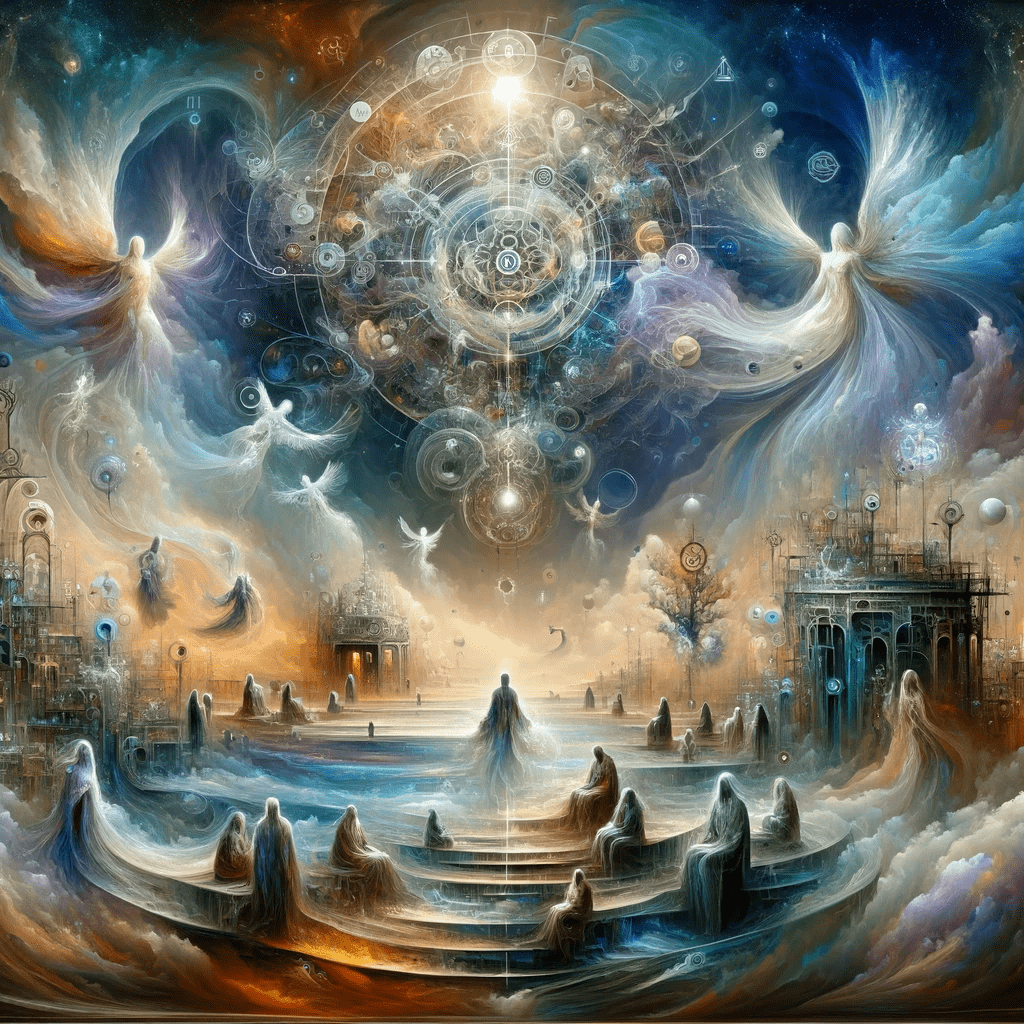Authors of the Impossible: The Paranormal and the Sacred

Jeffrey J. Kripal’s Authors of the Impossible: The Paranormal and the Sacred looks deeply into the intersection of the paranormal, spirituality, and mysticism, offering a fresh perspective on these often-marginalized subjects. Kripal challenges readers to consider the potential role that paranormal phenomena may play in understanding consciousness and reality. Rather than dismissing the paranormal as mere fantasy or hallucination, Kripal positions these experiences as opportunities to reimagine how we interpret the world around us.
Kripal presents the idea that the observer and the observed are deeply interconnected, influencing one another’s existence and interpretation. He suggests that paranormal events are significant not because of the events themselves, but because of the meanings we ascribe to them. This mutual creation of meaning shifts the focus away from proving whether the paranormal is “real” and instead emphasizes the significance of our subjective experiences.
Kripal also insists that paranormal phenomena should be treated as empirical realities, though they defy conventional understanding of physical laws and human capabilities. Rather than dismissing these events, Kripal argues that they are experienced by people in ways that challenge our everyday understanding of the world, making them worthy of serious study.
Another central theme in the book is Kripal’s assertion that paranormal experiences often carry a spiritual or sacred dimension. These experiences, he argues, can serve as touchpoints to the divine, inviting us to broaden our conception of what is sacred. By recognizing the spiritual significance of paranormal phenomena, we may expand our understanding of the sacred beyond traditional religious boundaries.
Kripal also explores how paranormal phenomena challenge conventional understandings of human consciousness. He posits that these experiences may suggest the non-locality of consciousness, hinting that our minds might extend beyond the physical limits of our bodies, interacting with reality in ways we don’t fully understand.
The book advocates for an interdisciplinary approach to studying paranormal phenomena, drawing insights from theology, philosophy, psychology, and quantum physics. Kripal argues that only by combining perspectives from these diverse fields can we begin to make sense of the paranormal’s complexities.
Throughout Authors of the Impossible, Kripal references several key figures and researchers who have contributed to the study of the paranormal and its connection to the sacred. Frederic W.H. Myers, a pioneer in psychical research, greatly influenced Kripal’s thinking with his concepts of the ‘superliminal’ and ‘subliminal’ consciousness, which explore the hidden aspects of the human mind. Charles Fort, an American writer, and researcher who collected and analyzed reports of anomalous phenomena, also plays a significant role in shaping Kripal’s approach. Kripal highlights Jacques Vallée, a computer scientist and UFO researcher, whose interdisciplinary work on UFO phenomena aligns with the book’s central themes. Lastly, Bertrand Méheust, a French sociologist and ufologist, is credited with influential research on the social and psychological dimensions of UFO sightings and abductions.
Kripal uses the concept of the sacred to explore experiences that transcend normal reality and invite us to look into the mystical aspects of existence. The sacred, as presented by Kripal, is not confined to any specific religious or spiritual framework. Rather, it denotes a space or experience that holds deep, transformative significance and offers a glimpse into the extraordinary. Kripal encourages readers to broaden their understanding of the sacred by considering how paranormal experiences might serve as gateways to profound spiritual insights.
For Kripal, the sacred is deeply connected to the unknown and the mysterious. It refers to those experiences and phenomena that challenge our existing knowledge and compel us to push beyond the limits of our understanding. In this sense, the sacred is tied to the extraordinary, the numinous, and the deeply transformative.
Throughout the book, Kripal urges readers to approach the study of the sacred and paranormal with openness and humility. He argues that by adopting an interdisciplinary approach, one that draws from fields such as theology, psychology, philosophy, and even quantum physics, we can develop a richer and more nuanced understanding of these phenomena.
Ultimately, Authors of the Impossible: The Paranormal and the Sacred offers a compelling and challenging perspective on the nature of reality, consciousness, and the sacred. Kripal suggests that paranormal phenomena, far from being inexplicable or illusory, can provide deep insights into the nature of existence and the divine. He invites readers to adopt a more open-minded and interdisciplinary approach to understanding these phenomena, suggesting that doing so may offer us new ways to perceive the sacred in our lives.


